Plum Island, Massachusetts, holds a storied history that stretches back centuries, shaping its identity as a cherished coastal enclave.
From its indigenous roots to its role in colonial trade and maritime activity, Plum Island’s past is a tapestry of cultural, ecological, and historical significance.
The origin of Plum Island’s name is uncertain, but it is believed to be derived from the wild beach plums that once grew abundantly on the island. Early settlers may have named it after these native fruit-bearing shrubs.
Understanding the history of Plum Island offers insights into its evolution as a cherished destination and the forces that have shaped its character over time.
Plum Island Massachusetts History
Plum Island, located off the coast of Massachusetts, has a rich and storied history that spans centuries.
Here are some historical pieces of evidence that illuminate Plum Island’s captivating history:
Indigenous Settlement
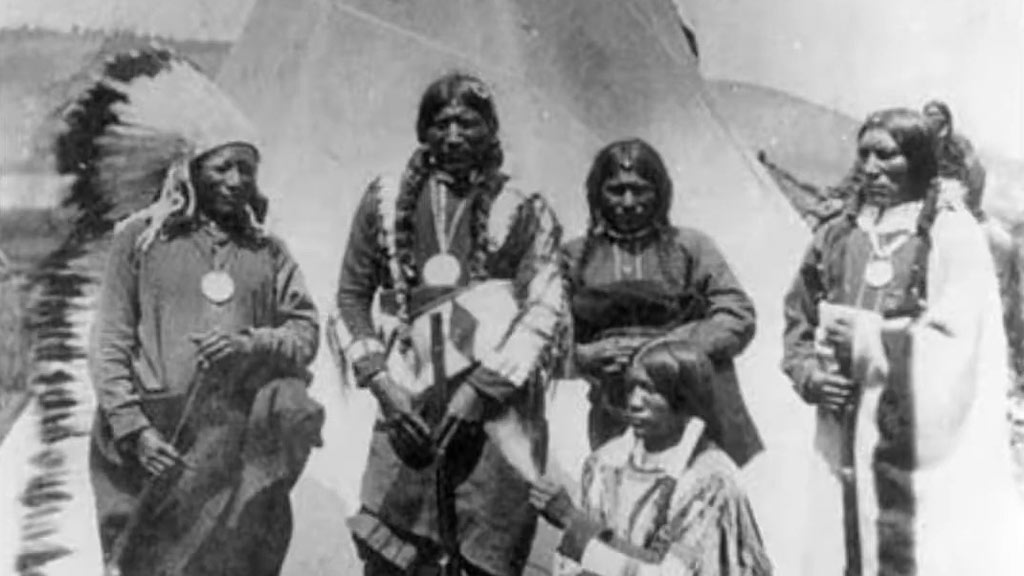
Plum Island was originally inhabited by indigenous peoples, including the Pennacook and Agawam tribes, who relied on its abundant natural resources for sustenance and shelter.
Archaeological evidence suggests that Native American settlements existed on Plum Island for thousands of years before European colonization.
Early Colonial Exploration
In the early 17th century, European explorers and traders began to visit Plum Island, drawn by its strategic location and natural harbors.
These explorers, including John Smith and Bartholomew Gosnold, documented their encounters with indigenous peoples and the natural beauty of Plum Island in their writings.
Colonial Settlement and Agriculture

By the mid-17th century, Plum Island was settled by European colonists who established farms and fisheries on its shores.
The fertile soil and favorable climate supported agriculture, and Plum Island became known for its production of crops such as corn, wheat, and hay, as well as its thriving fishing industry.
Maritime Trade and Commerce
Plum Island’s proximity to major shipping routes and its natural harbors made it a hub for maritime trade and commerce during the colonial era.
Merchant vessels transported goods such as lumber, salt, and agricultural products to and from Plum Island, contributing to its economic prosperity and growth.
Military History
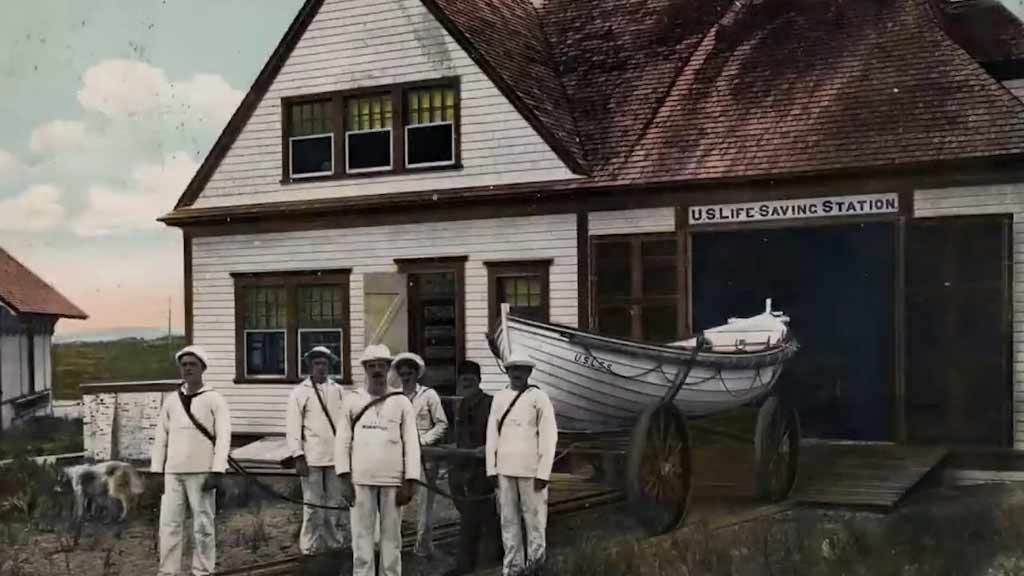
During times of conflict, Plum Island played a strategic role in the defense of the Massachusetts coastline.
In the 17th and 18th centuries, fortifications were constructed on Plum Island to protect against potential attacks by foreign powers and privateers.
These fortifications served as crucial defense points during the Revolutionary War and other conflicts.
Lighthouse Establishment
In the early 19th century, Plum Island became home to a lighthouse, which served as a navigational aid for ships navigating the treacherous waters of the Atlantic coast.
The Plum Island Light, first lit in 1788, continues to guide mariners to this day, standing as a symbol of Plum Island’s maritime heritage.
Environmental Conservation

In the modern era, Plum Island has become a focus of environmental conservation efforts aimed at preserving its natural beauty and biodiversity.
Protected areas such as the Parker River National Wildlife Refuge provide habitat for numerous species of birds, plants, and other wildlife, ensuring that Plum Island’s ecological legacy endures for future generations.
Coast Guard Presence
During the 20th century, Plum Island became home to a United States Coast Guard station, reflecting its continued strategic importance for maritime safety and security.
The Coast Guard station played a vital role in conducting search and rescue operations, enforcing maritime laws, and safeguarding the coastline against threats.
Shipwrecks and Maritime Disasters

Plum Island’s treacherous coastline has witnessed numerous shipwrecks and maritime disasters throughout history.
The unpredictable weather, strong currents, and shifting sandbars posed hazards to maritime traffic, leading to tragic accidents and loss of life.
These shipwrecks serve as reminders of the dangers faced by sailors navigating the waters around Plum Island.
Summer Resort Destination
In the late 19th and early 20th centuries, Plum Island gained popularity as a summer resort destination for wealthy vacationers seeking seaside relaxation and recreation.
Elegant hotels, cottages, and beach clubs sprung up along the island’s shores, attracting visitors from Boston and beyond to enjoy its pristine beaches and scenic vistas.
World War II Era
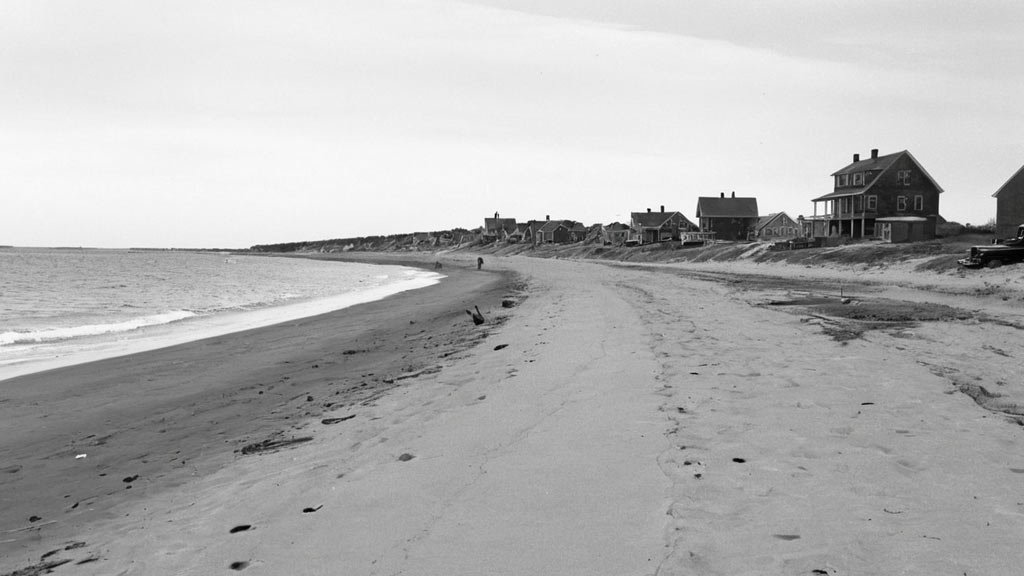
During World War II, Plum Island played a significant role in the nation’s defense efforts.
The island was utilized for military training exercises, coastal surveillance, and defense installations to protect against potential enemy attacks along the Eastern Seaboard. Military personnel stationed on Plum Island contributed to the war effort and bolstered national security.
Scientific Research
In recent decades, Plum Island has become a center for scientific research and environmental studies.
Research institutions and government agencies conduct studies on topics such as coastal erosion, habitat conservation, and wildlife management to better understand and preserve Plum Island’s natural resources and ecosystems.
Cultural Heritage Preservation
Efforts to preserve Plum Island’s cultural heritage and historical landmarks have gained momentum in recent years.
Historic sites, including old lighthouses, fortifications, and colonial-era structures, are being restored and interpreted to educate visitors about Plum Island’s rich history and significance in American maritime heritage.
Community Resilience
Throughout its history, Plum Island has demonstrated remarkable resilience in the face of natural disasters, coastal erosion, and changing economic fortunes.
The island’s tight-knit community of residents and stakeholders have worked together to overcome challenges and preserve Plum Island’s unique character and way of life for future generations.
What Is Plum Island Massachusetts Known For?
Plum Island, Massachusetts, is renowned for its picturesque beaches, rich wildlife habitats, and historical significance. Here are seven things Plum Island is known for:
Pristine Beaches
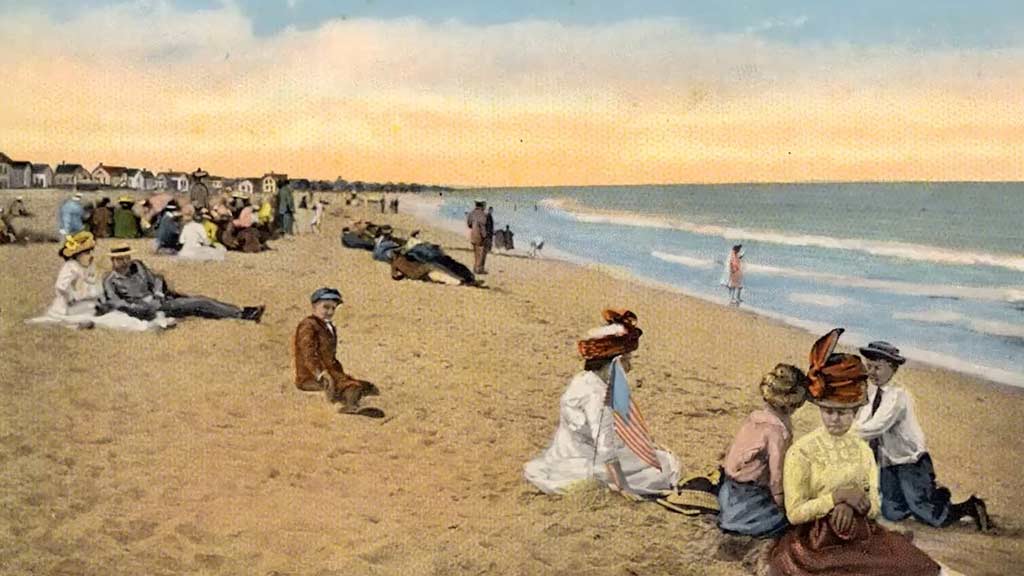
Plum Island is celebrated for its pristine beaches, offering miles of sandy shores for sunbathing, swimming, and beachcombing.
The island’s tranquil coastline provides the perfect backdrop for relaxation and recreation, attracting visitors from near and far to enjoy the natural splendor of Plum Island.
Birdwatching Paradise
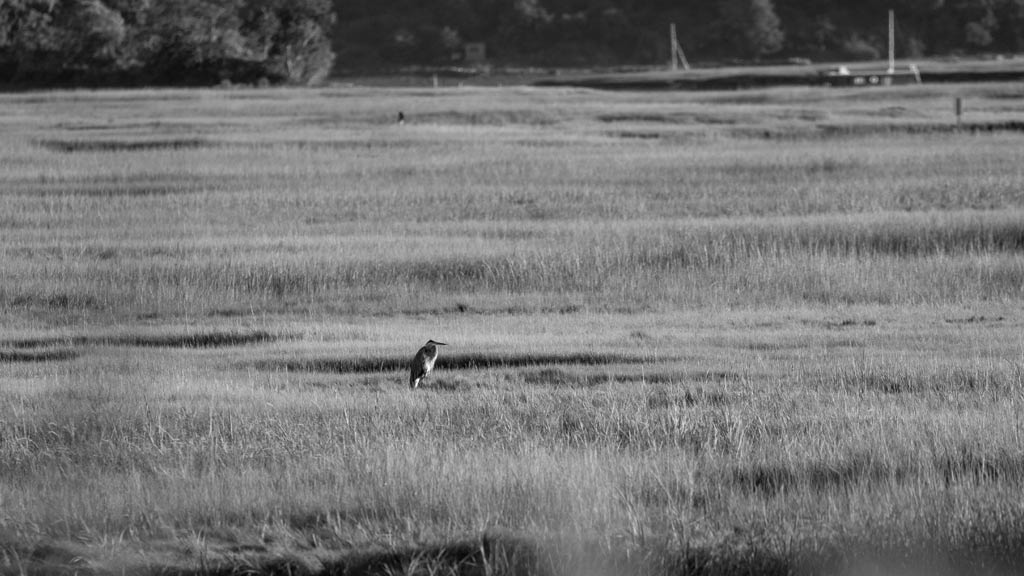
As part of the Parker River National Wildlife Refuge, Plum Island is a paradise for birdwatchers and nature enthusiasts.
The island’s diverse habitats, including salt marshes, dunes, and tidal flats, provide essential habitat for hundreds of bird species, making it a prime destination for birdwatching year-round.
Wildlife Sanctuary

Plum Island’s protected status as a wildlife refuge ensures the preservation of its unique ecosystems and habitats.
Visitors can explore the island’s trails and boardwalks to observe a wide variety of wildlife, including migratory birds, seals, deer, and other native species in their natural habitat.
Lighthouse Heritage
Plum Island is home to the iconic Plum Island Light, a historic lighthouse that has guided mariners along the Massachusetts coastline for over two centuries.
The lighthouse stands as a symbol of Plum Island’s maritime heritage and is a popular landmark for visitors exploring the island’s scenic shoreline.
Coastal Conservation
Plum Island is recognized for its efforts in coastal conservation and environmental stewardship.
Organizations and agencies work tirelessly to protect the island’s fragile dunes, salt marshes, and wildlife habitats from erosion, development, and other threats, ensuring the long-term sustainability of Plum Island’s natural resources.
Recreational Opportunities
From kayaking and paddleboarding to fishing and wildlife photography, Plum Island offers a wide range of recreational activities for outdoor enthusiasts.
Whether exploring the island’s waterways, hiking its trails, or simply enjoying a leisurely stroll along the beach, visitors can experience the beauty and tranquility of Plum Island in countless ways.
Historical Significance
Plum Island’s rich history dates back centuries, with evidence of indigenous settlement, colonial exploration, and maritime activity.
Historic landmarks, including old lighthouses, fortifications, and colonial-era structures, provide glimpses into Plum Island’s past and its role in shaping American maritime heritage.
Conclusion
The history of Plum Island, Massachusetts, is a testament to its enduring legacy as a coastal treasure with deep roots in American history.
From its early indigenous inhabitants to its role in colonial trade and maritime defense, Plum Island’s history is a reflection of its diverse and vibrant past.
Numerous organizations and agencies are dedicated to preserving Plum Island’s historical heritage and natural resources.
Conservation efforts focus on protecting the island’s fragile ecosystems, restoring historic landmarks, and educating the public about its rich history and significance.
As stewards of Plum Island’s heritage, we have a responsibility to preserve and celebrate its rich history for future generations to appreciate and enjoy.
Through understanding and honoring Plum Island’s past, we ensure that its unique legacy continues to inspire and enrich the lives of all who visit its shores.
Jaclyn Lowe